




































































































 🔶 Gold Prices Soar: Will It Push Up Vietnam’s Rice Prices?
🔶 Gold Prices Soar: Will It Push Up Vietnam’s Rice Prices?
As gold prices continue to hit new highs globally, experts are warning of ripple effects on essential commodities—particularly rice, one of Vietnam’s key export products.
📈 Rising Gold Prices Impact Exchange Rates and Rice Exports
Over the past week, global gold prices have maintained an upward trajectory, nearing $2,100 per ounce. Meanwhile, domestic gold prices in Vietnam have surpassed VND 75 million per tael. These fluctuations are significantly affecting the VND/USD exchange rate—a critical factor in Vietnam’s agricultural exports, especially rice.
According to analysts, rising gold prices tend to weaken the US dollar, causing shifts in the VND/USD exchange rate. This fluctuation alters the converted value of exported goods. In the case of rice, a weaker dollar (and a relatively stronger VND) can make Vietnamese rice more competitively priced in international markets, boosting export potential. However, if the exchange rate moves unfavorably, it may raise the USD price of Vietnamese rice, putting it at a disadvantage compared to competitors like Thailand or India.
💰 Input Costs Rise – Pressure on Farmers
Beyond currency effects, surging gold prices can indirectly lead to higher input costs for agricultural production. Key inputs like fuel, fertilizers, and pesticides—all linked to commodity and gold markets—often become more expensive when inflationary pressures rise.
As production costs increase, the cost of growing rice goes up as well. This puts farmers at risk of shrinking profit margins, especially if rice selling prices fail to keep pace with rising expenses.
💸 Shifting Investment Capital – Agriculture May Be Overlooked
Another concern is the diversion of investment capital when gold prices surge. Gold is traditionally considered a safe haven during times of global economic uncertainty. Consequently, investors—both domestic and international—may pull funds from riskier sectors such as agriculture and move them into gold.
This capital flight could reduce available funding for rice production, including research on high-yield varieties, mechanization, and supply chain improvements—all of which depend heavily on credit and investment in technology.
🧠 Market Sentiment – Driving Artificial Rice Price Hikes?
A less direct but still significant factor is market psychology. When gold prices surge, traders often speculate on a broader range of commodities, including essential goods like rice. This speculative activity can drive rice prices higher on global markets, even when supply and demand fundamentals do not justify such increases.
Indeed, in 2025, Vietnamese export rice prices reached as high as $650 per ton—the highest in nearly a decade. Part of this surge was attributed to speculative demand and uncertainty caused by inflation and geopolitical tensions—the same forces fueling the rise in gold.
🔍 Expert Insights
According to Dr. Nguyen Van Hung (Institute of Agricultural Economics and Rural Development):
“There’s no direct correlation between gold and rice, but indirect relationships exist through macroeconomic variables such as exchange rates, production costs, and investment flows. That’s why movements in the gold market must be closely monitored to anticipate trends in key agricultural exports.”
📌 Conclusion
While gold and rice belong to different asset classes—gold as a financial asset and rice as a staple commodity—their indirect relationship is becoming increasingly evident amid today’s volatile global economy.
As one of the world’s leading rice exporters, Vietnam must stay alert to movements in the gold and currency markets. Proactive and flexible policy measures are needed to stabilize conditions for both farmers and rice-exporting businesses.



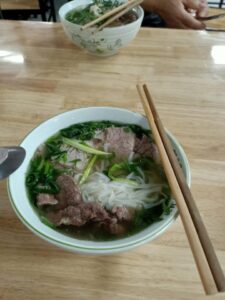
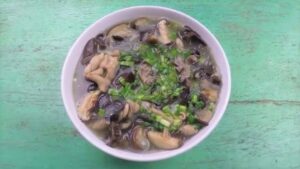
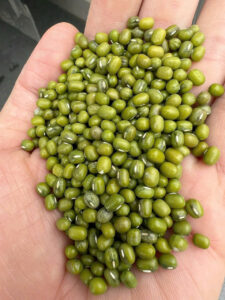
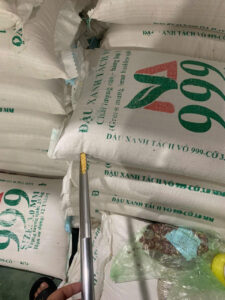
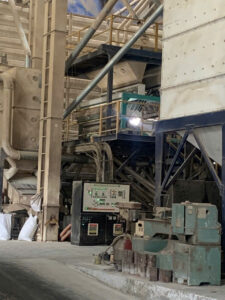
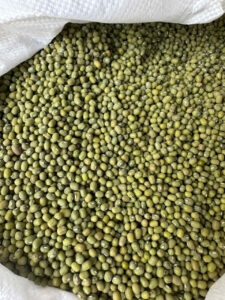
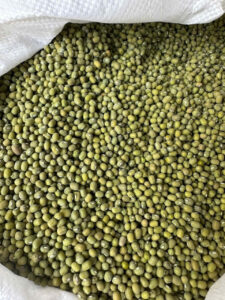
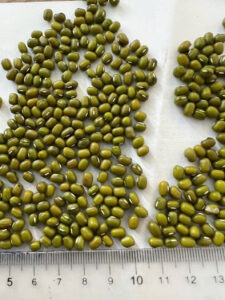
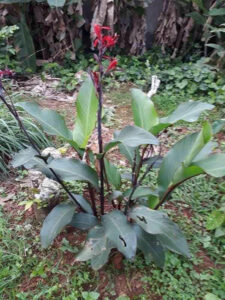
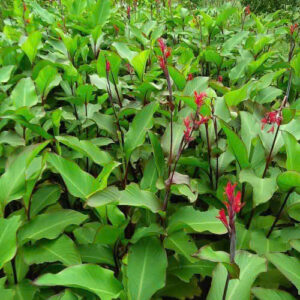
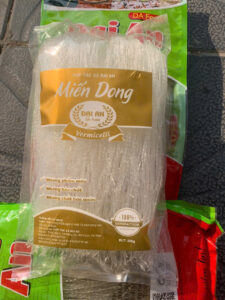
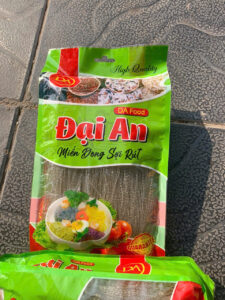
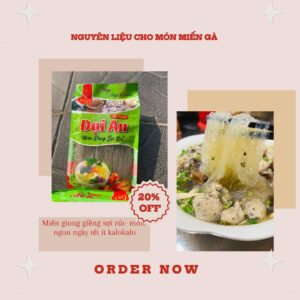
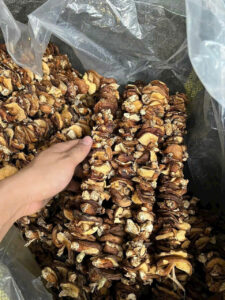
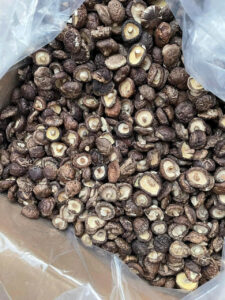

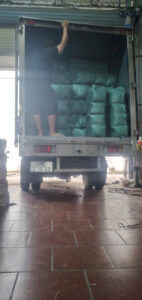
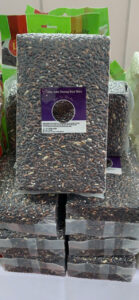

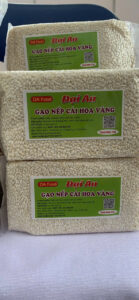
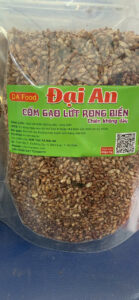
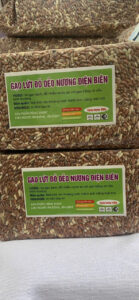
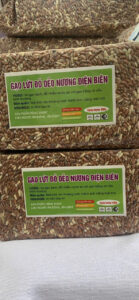
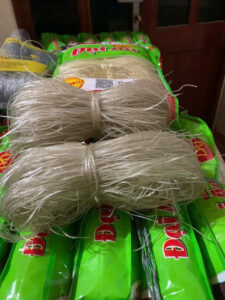

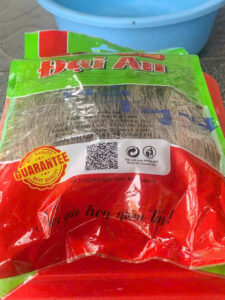

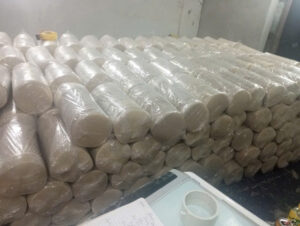
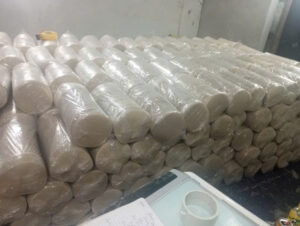
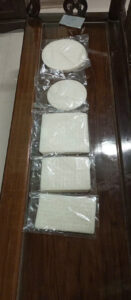
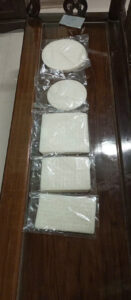




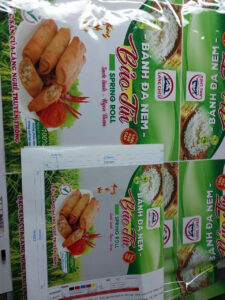
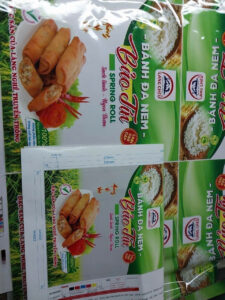



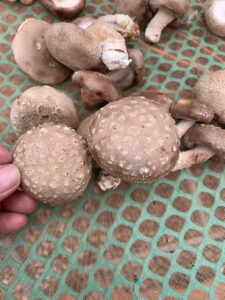
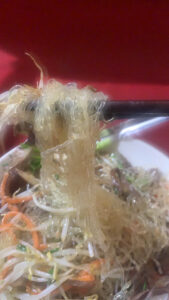
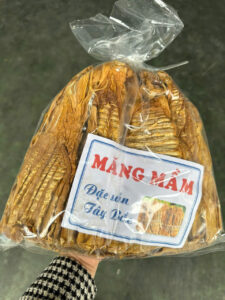

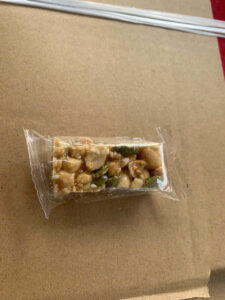
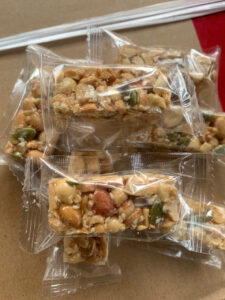
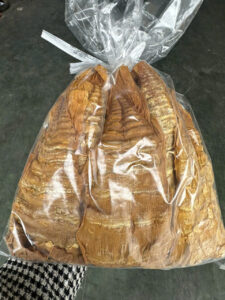
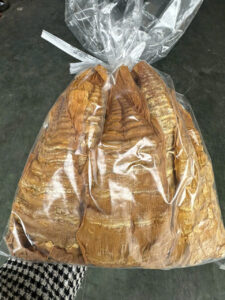
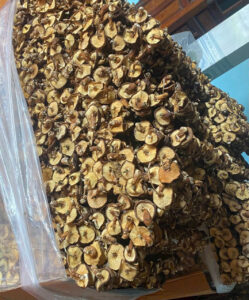
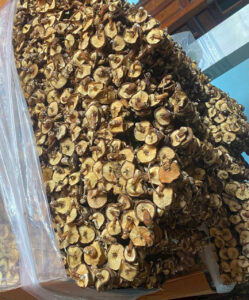
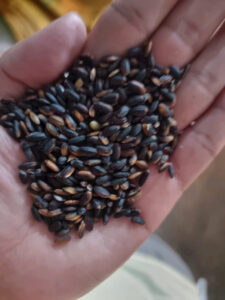
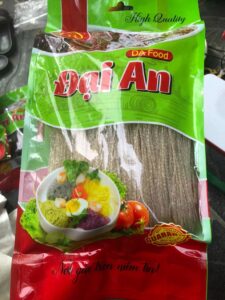



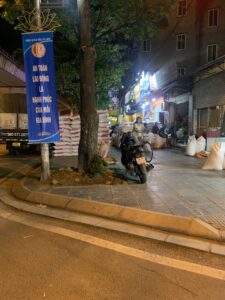


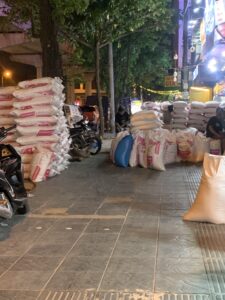
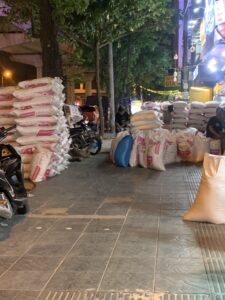
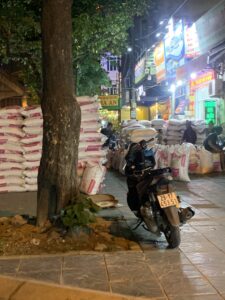

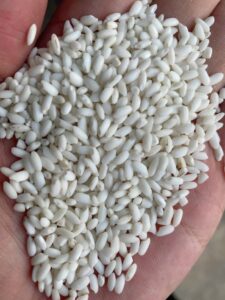
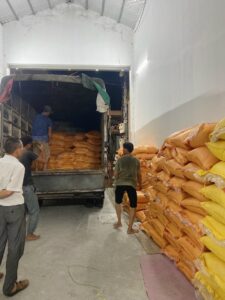
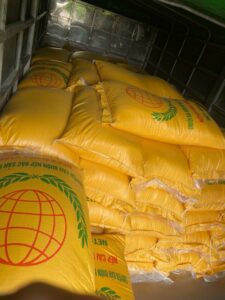

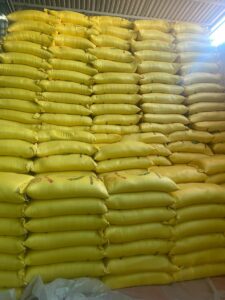
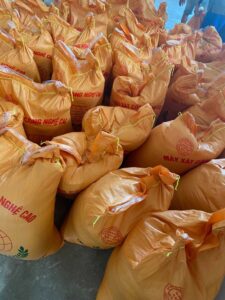


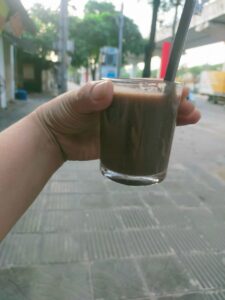
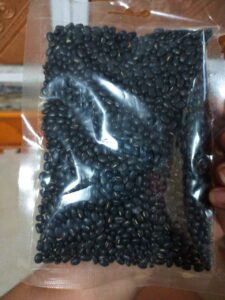
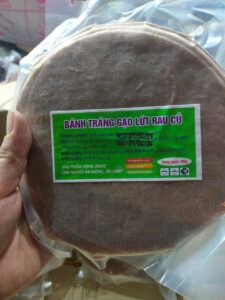
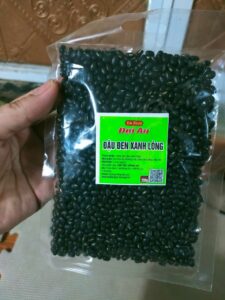
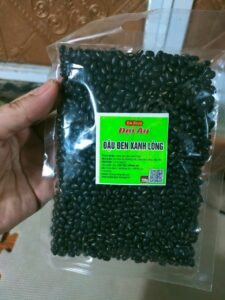
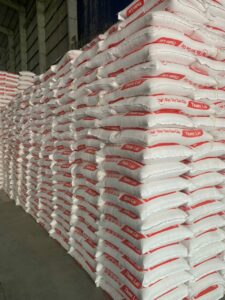
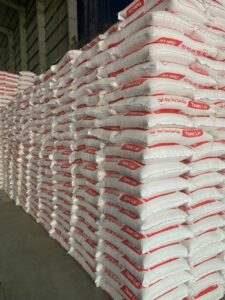
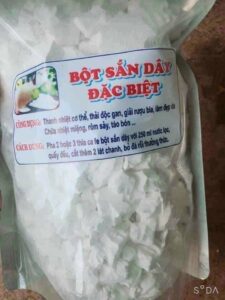


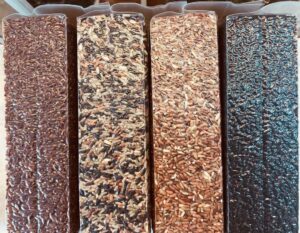
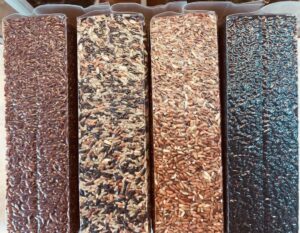
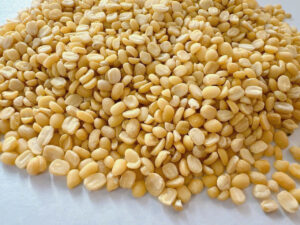
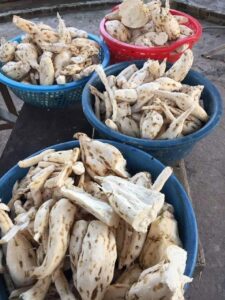
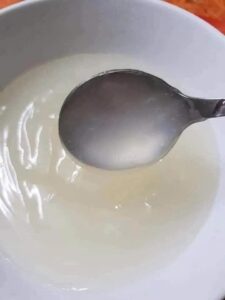
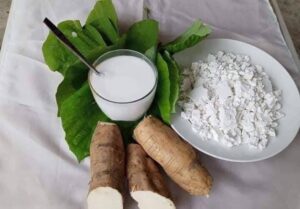

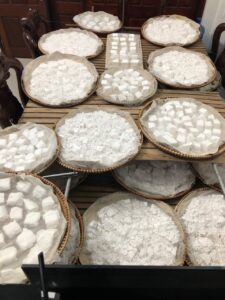
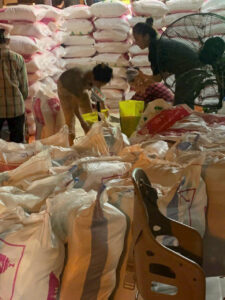

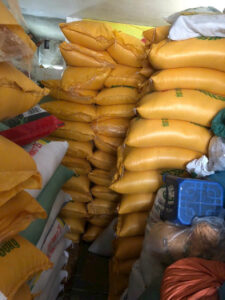

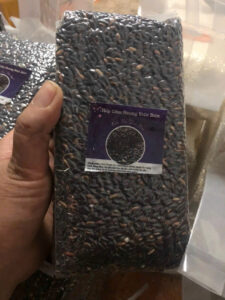
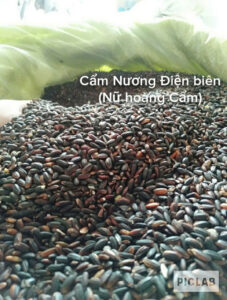
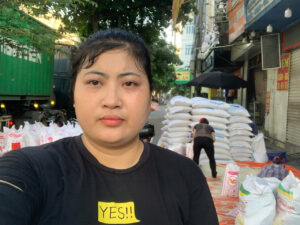
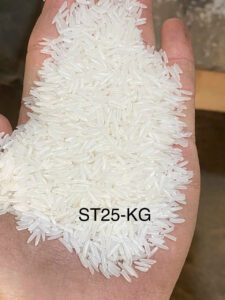
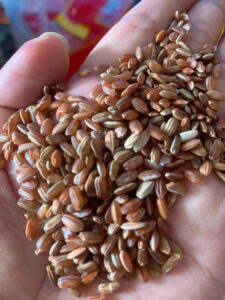
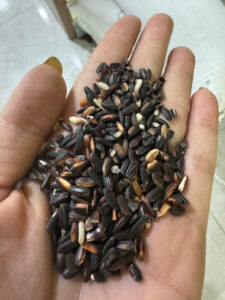
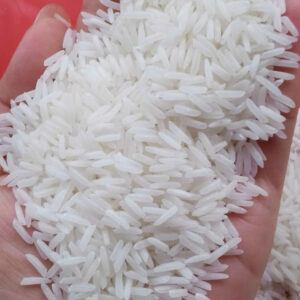
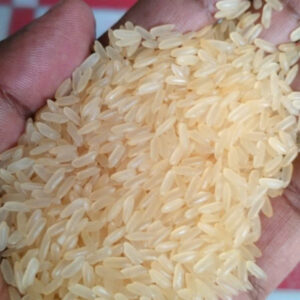
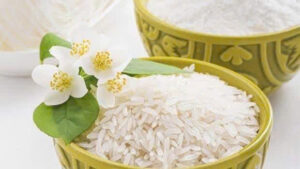 🔶 Gold Prices Soar: Will It Push Up Vietnam’s Rice Prices?
🔶 Gold Prices Soar: Will It Push Up Vietnam’s Rice Prices?





